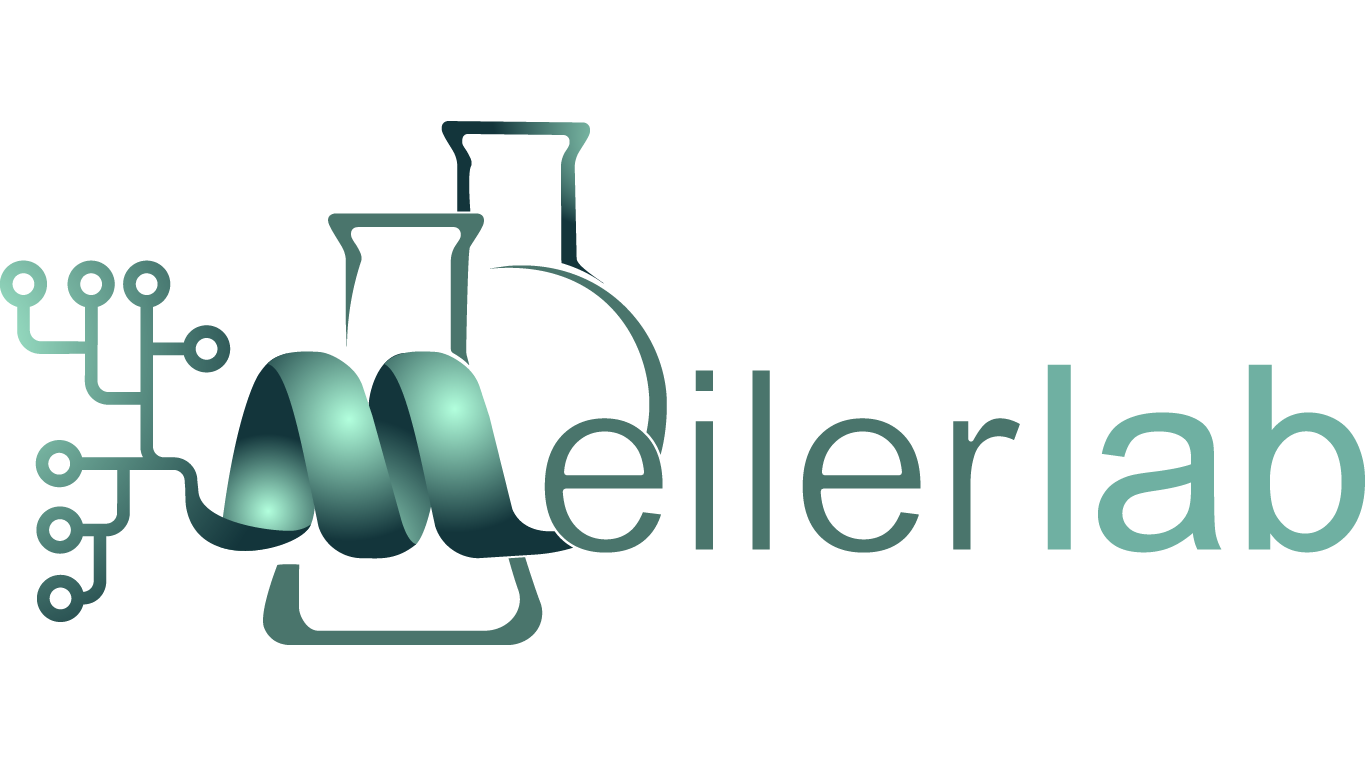Prediction of membrane protein secondary structure elements, topology, and fold can be done using the BCL::MP-Fold algorithm[1]. Given a sequence, this algorithm assembles transmembrane secondary structural elements using a Monte Carlos Metropolis approach and evaluation of these models is done with a knowledge-based potential. Experimental data, including electron paramagnetic resonance and nuclear magnetic resonance, can also be included in the evaluation of models[2]. Other machine learning approaches to membrane protein folding in our lab includes the application of AlphaFold2 network to predict conformational landscapes of transporters and receptors[3].
References:
[1]
Weiner, B. E.; Woetzel, N.; Karakaş, M.; Alexander, N.; Meiler, J. BCL::MP-Fold: Folding Membrane Proteins through Assembly of Transmembrane Helices. Structure 2013, 21 (7), 1107–1117. https://doi.org/10.1016/j.str.2013.04.022.
[2]
Fischer, A. W.; Alexander, N. S.; Woetzel, N.; Karakas, M.; Weiner, B. E.; Meiler, J. BCL::MP-Fold: Membrane Protein Structure Prediction Guided by EPR Restraints: EPR-Guided Membrane Protein Fold Prediction. Proteins Struct. Funct. Bioinforma. 2015, 83 (11), 1947–1962. https://doi.org/10.1002/prot.24801.
[3]
Alamo, D. del; Sala, D.; Mchaourab, H. S.; Meiler, J. Sampling the Conformational Landscapes of Transporters and Receptors with AlphaFold2; preprint; Biophysics, 2021. https://doi.org/10.1101/2021.11.22.469536.
